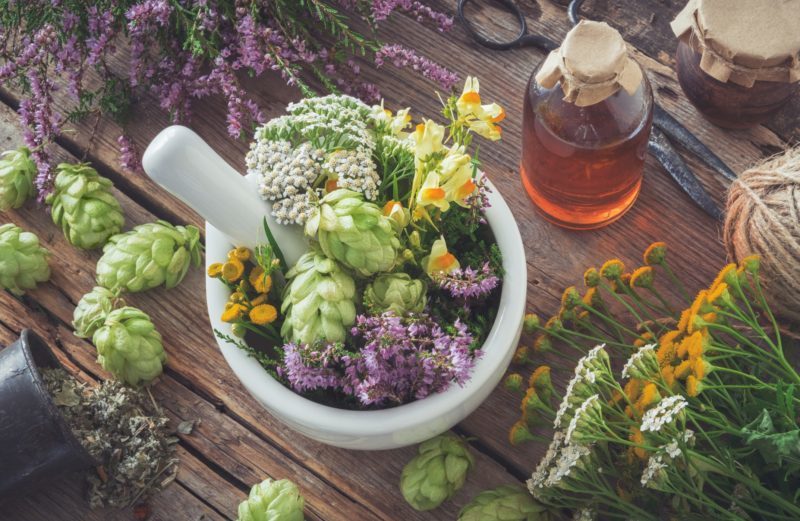The following nine entries have been updated:
- Chinese giant hyssop (Agastache rugosa) was revised to add a notice for alkenylbenzene content and a case report of contact dermatitis.
- Chinese yam (Dioscorea oppositifolia) was updated to add an animal pharmacology study.
- Wild yam (Dioscorea villosa) was revised to add an acute toxicity assay.
- Sichuan teasel (Dipsacus asper) was updated to add studies for developmental toxicity, subchronic toxicity, and cytotoxicity.
- Drynaria (Drynaria fortune) was updated to add a clinical trial and an animal pharmacology study.
- Male fern (Dryopteris filix) was revised to add an in vitro pharmacology study.
- Horse chestnut (Aesculus hippocanastum) was updated to add adverse event information and a human pharmacology study.
- Chinese cimicifuga (Actaea spp.) was revised from Safety Class 2d to Class 1 in this revision due to a lack of evidence for adverse effects at higher dosages.
- Devil’s club (Oplopanax horridus) was revised to add Oplopanax elatus as a species and acute and short-term toxicity studies were added.
Related: Industry Groups Have Mixed Reactions to Legislation to Regulate CBD Associations Request More Time to Comply with Nutrition Labeling Regulations BAPP Publishes Adulterants Bulletin on Milk Thistle
The online handbook is undergoing a review to provide the latest safety information on both new and existing entries before it is included in future print editions of the handbook, the press release says. Subscribers can review short descriptions of updated entries in the Revisions panel on the homepage when they log in.The handbook provides safety information on over 500 species of herbs, pulled from clinical trials, pharmacological and toxicological studies, medical case reports, and historical texts, the press release notes. All entries were reviewed by an Expert Advisory Council.










